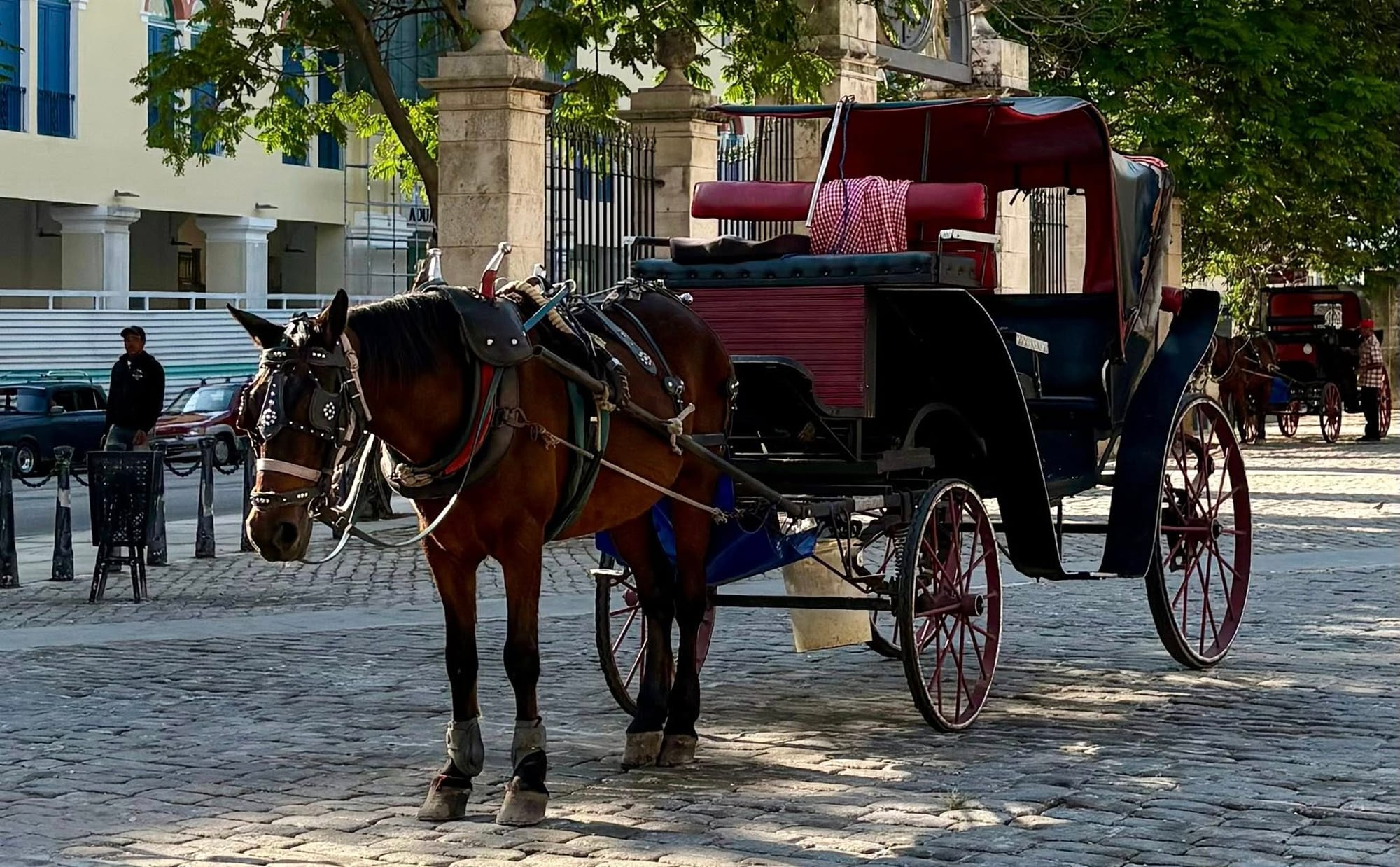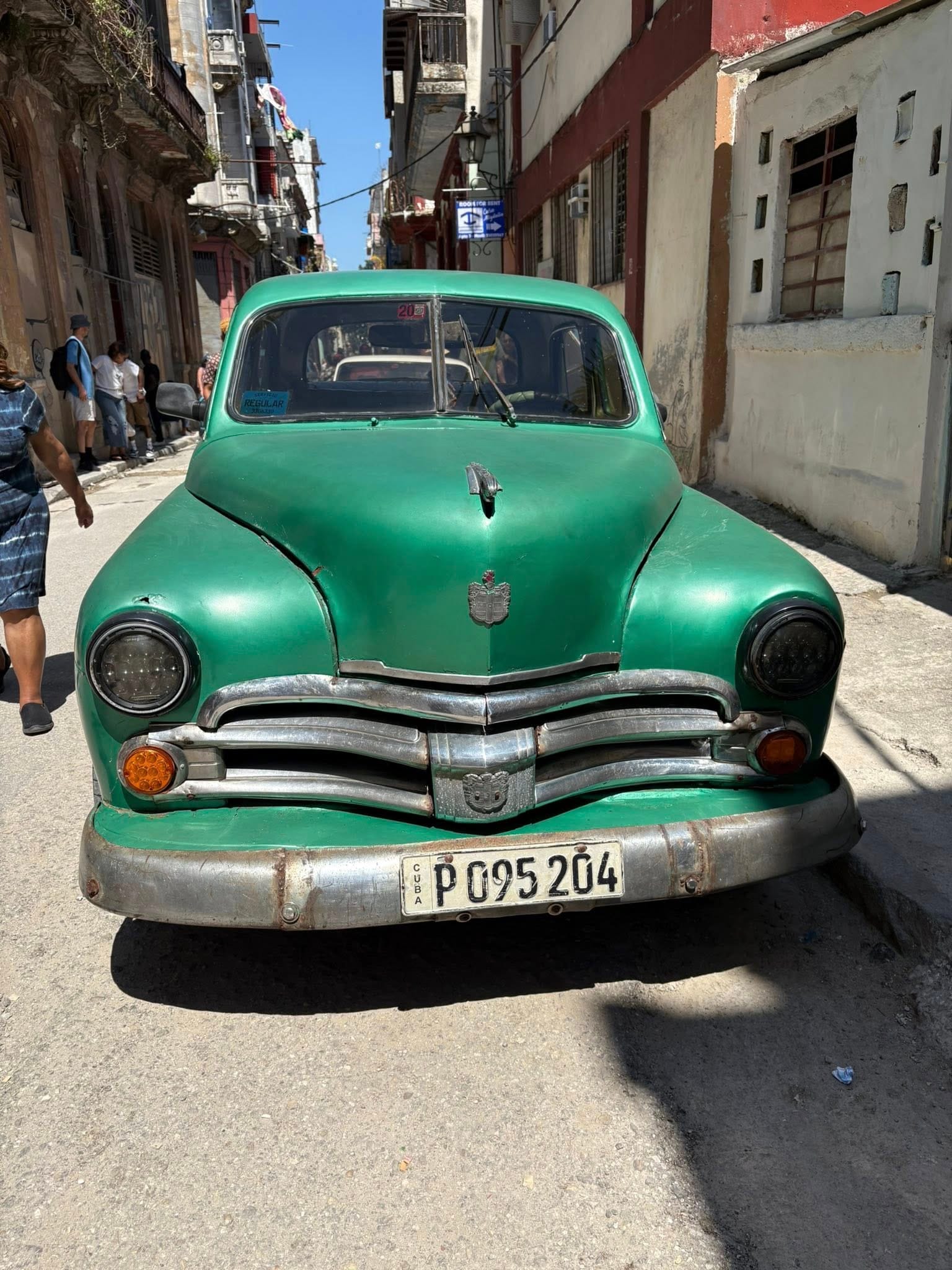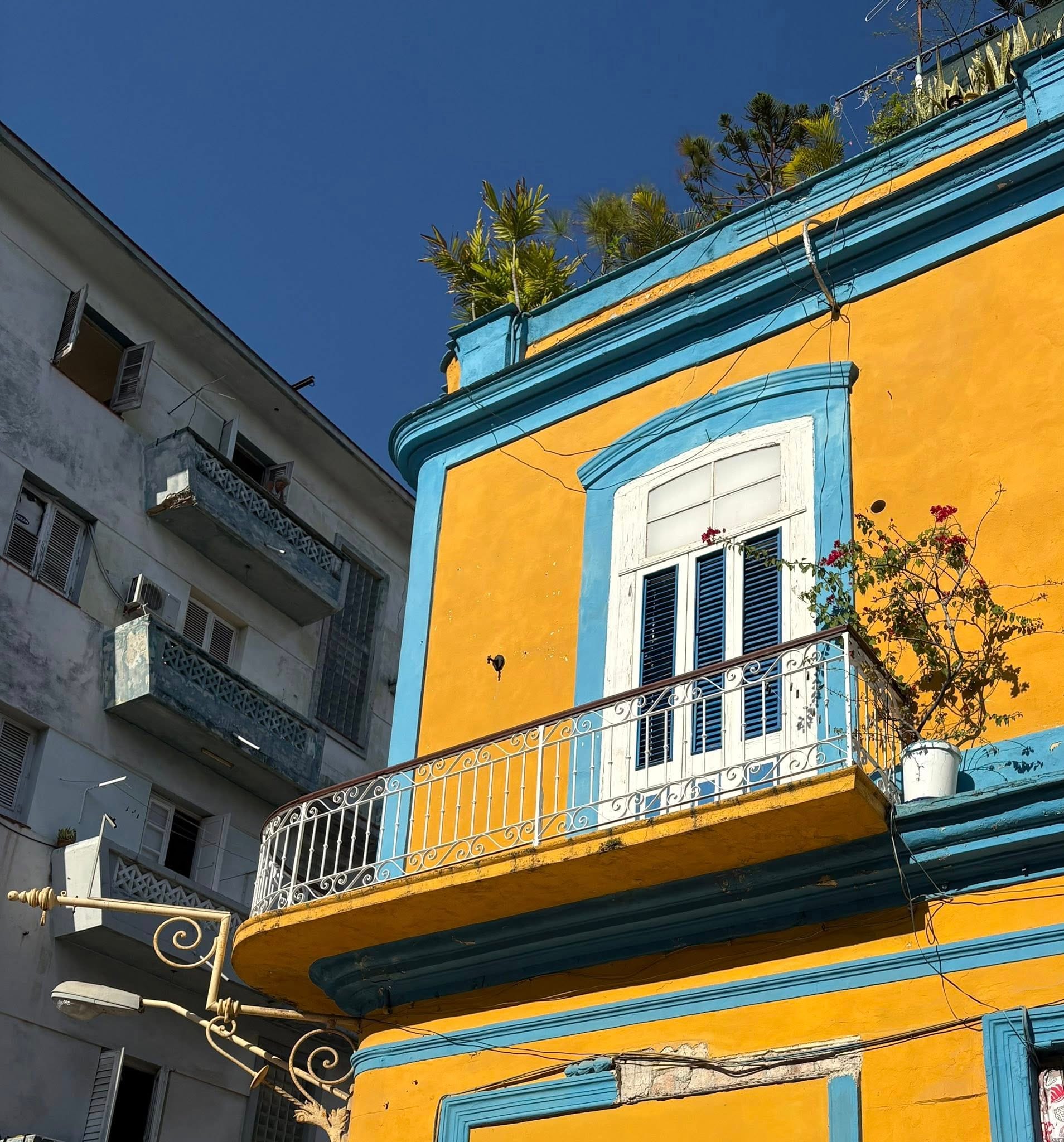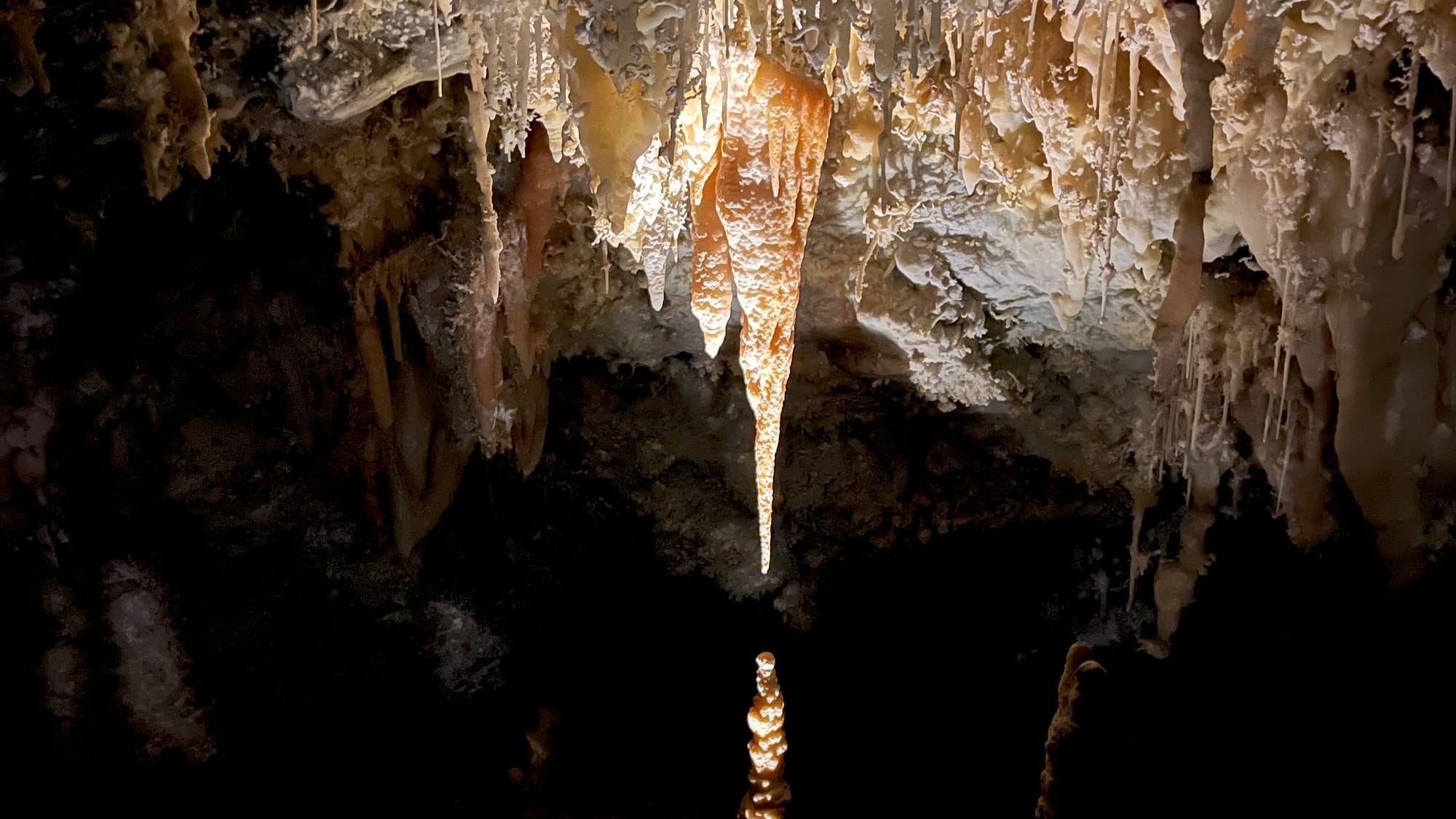
In 1997, an album Rolling Stone described as “lovelorn ballads, patriotic hymns and gentle son-based dance numbers heard in swank Havana lounges” captured my imagination.
I couldn't understand the lyrics, but I didn’t need to. The voices and the music itself spoke clearly the emotions of a people and a country that was a mystery to me. The Afro-Cuban rhythms made it impossible not to move my body. When they sang “Dos Gardenias,” I could almost smell the scent of the flowers on a tropical island evening.
The album, for which its American producer was prosecuted under the Trading with the Enemy Act, was Buena Vista Social Club. You may know its story from the Broadway musical of the same name that won four Tony Awards in 2025. The theater show has avoided running afoul of current U.S.-Cuba policy, which prohibits Americans from traveling to the island for tourism.
Thankfully, there are exceptions, and one of them fits perfectly with my preferred style of traveling the world. Staying in privately owned homes instead of corporate hotels, dining at locally owned restaurants called paladars, and engaging with independent artists or organizations is considered “Support for the Cuban People,” which is an accepted reason to travel there.
Going With A Group
Still, when I decided to make the trip, I turned to the services of Friendly Planet*, which has more than a decade of experience navigating the rules of compliant tours to Cuba for Americans. I just felt this particular adventure warranted a little extra help.
Friendly Planet coordinated the necessary visas, booked approved accommodations, and set up a full itinerary of tours that gave us an opportunity to interact with residents. They can also handle air travel, but I chose to use my American Airlines points to book flights for myself and my niece, and Friendly Planet’s team picked us up at the airport in Havana.
The guide and bus driver who met us at the airport stayed with us for the entire trip, starting their workday before most of us had come down for breakfast at our family-owned, colonial-style casa particular (aka bed and breakfast), and only ending it after all of our group of 18 Americans were delivered back to the casa after our evening activities.
Getting to Know the People
One of the first things that struck me about Havana, as my niece and I did a little walk about the neighborhood, was how many people were out in the streets. Not rushing around like people in, say, New York City, focused on getting from point A to point B. No, there I felt a sense that people were living their lives out amongst each other on the sidewalks, doorsteps, and streets. Even running, unofficial, businesses from the front windows of their homes since convenience stores don’t really exist there.
Cuba remains a socialist country, where residents receive monthly ration books that enable them to purchase basic goods, such as rice, beans, eggs, and sugar, from government-owned stores each month. Our guide showed us her ration book, but also told us that in recent years the government has begun allowing private small- and medium-sized enterprises to open. Their products are often too expensive for a majority of the country’s residents, but it was one of several signs I saw that Cuba seems to be adapting its form of socialism in response to its economic challenges.
As we walked through Old Havana on our first full day in the country, those challenges were visible when our English-speaking group was quickly flocked by beggars, young and old. You could also sense it in the long lines of residents at the Spanish Consulate trying to obtain Spanish citizenship by ancestry. Or when the can of Coke I got at lunch came with “For on board airline and maritime consumption only” printed around the top.
The challenges Cubans face every day weren’t hidden from our tour group, but much like the classic cars the country has become famous for, you can also see their ingenuity in dealing with them and the pride they take in their culture.
At La Casona del Son, we were treated to an energetic Son dance performance and then given a Cuban salsa lesson. I would have loved more, but our group had an appointment for another performance. It was at Angeles del Futuro, a community after-school program that trains students in the circus arts such as acrobatics, balancing, contortion, juggling, and even roller skate dancing.
Another day took us out of the city’s urban center to Vista Hermosa, a sustainable, organic farm where the distance from farm to table was zero miles for our group’s lunch. After visiting the pigs, cattle, and chickens they raise for meat, milk, and eggs, we learned about the fruits and vegetables they grow, and watched the sugar cane being pressed for the syrup to go in delicious mojitos. At dinner back in town that evening, we got a lesson in making our own mojitos and a cooking demonstration, followed by a multi-course meal that rivaled any fine dining experience back in the U.S.
And when we had one evening to choose our own meal and entertainment, I couldn’t pass up the chance to attend a tribute concert to the Buena Vista Social Club at Legendarios del Guajirito.
Was it a tourist trap? Yes. There was no denying that the show pandered to international visitors when they took time to play favorite songs from Germany, Italy, Australia, Venezuela, the U.S., and more. Was the food mediocre? Very. And the drinks were most likely watered down.
But the music! The sage musicians and vocalists! The chance to be physically in a place I’d been transported to previously only in my imagination. That was worth it all. I even got to put that salsa dance lesson to use on the floor and the stage.
Back at our casa particular on our final night, disco was the music to which I danced. One of our hosts was a big fan of the era, and after we sent much of the group away on one of those classic car tours, a more intimate group of us cracked open a few Cuban beers and turned the front room into a private club.
It was a perfect ending to the trip. Spending time relaxing and getting to know our hosts and some fellow travelers rather than rushing off to sightsee. I may have officially been there to support the Cuban people, but I took away from this trip much more than I brought to them.



A classic American, pre-revolution-era car lives on, a farmer plows his field behind a pair of oxen, a bright yellow and blue casa in Havana, Cuba. © Laura Pevehouse
Things to Know
Money
- U.S.-issued credit and debit cards do not work in Cuba.
- U.S. Dollars are readily accepted, though. Paladares, taxi drivers, souvenir markets, and even book vendors at a small flea market all accepted U.S. dollars when we were there.
- Change will always be given in Cuban Pesos, which you can in turn use for tips to guides, drivers, and waiters. Not necessarily expected, but a little goes a long way there.
Technology & Communications
- Cuba uses both 110 and 220V electricity. Most plugs and sockets follow the American model Type A plug.
- Most casas have Wi-Fi access, but you may find that it is slower than service in the U.S.
- Some U.S. cell phone providers now offer roaming service in Cuba. AT&T did not when I went. Some in our group bought SIM cards at the Havana airport, but the WiFi at the casa was all I needed.
Entry Requirements and Logistics
- A Cuban Tourist Card (visa) is required for entry and can be obtained online. Make sure the “seal” image prints on yours. My niece almost got left behind at the Miami airport when the seal wasn’t displaying on hers.
- A passport valid for six months beyond the expected arrival date is required.
- Proof of travel-related insurance that includes medical coverage for Cuba must be presented, if asked. (But I was never asked)
- Travelers must avoid using services, hotels, or businesses on the U.S. government’s Cuba Restricted List, which represents entities associated with the Cuban military or government.
- Enroll in the Department of State’s Smart Traveler Enrollment Program to receive the latest travel updates and information on security issues.
*This wasn’t a sponsored trip, and nothing here is a paid endorsement.





Comments